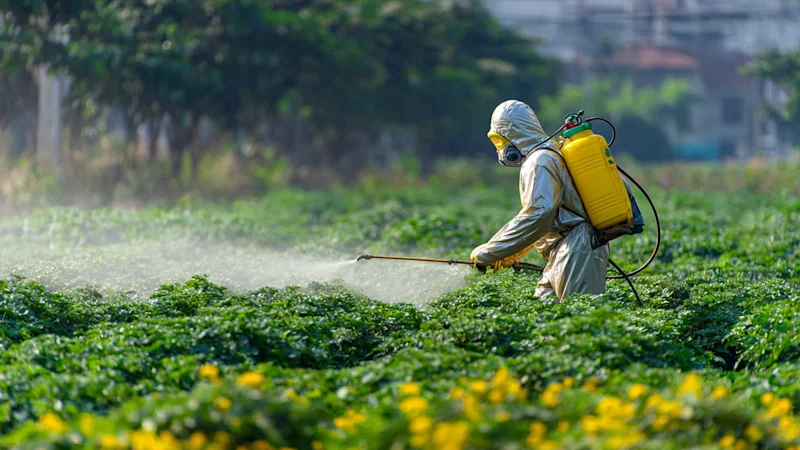
Revised EU Data Rules Set to Reshape Active Substance Approvals for Plant Protection Products
The EU is updating data requirements for active substances in plant protection products, raising safety standards and regulatory expectations.


The European Commission has proposed listing 16 safeners and synergists for systematic review under Regulation (EU) 2024/1487. This regulatory update signals a pivotal compliance checkpoint for manufacturers, importers, and supply chain stakeholders across the chemicals and agriculture sectors.
The European Commission has launched a draft implementing regulation to populate Annex I of Regulation (EU) 2024/1487 with a list of safeners and synergists used in plant protection products. Published on 10 June 2025, the proposal opens a public consultation period through 8 July 2025, with final adoption expected in Q4 2025. The move mandates systematic review of these substances, impacting compliance strategies across manufacturing, agriculture, and chemicals industries.
The proposal aligns with the EU’s broader Chemicals Strategy for Sustainability, requiring all safeners and synergists currently on the market to undergo formal assessment under Regulation (EC) No 1107/2009. Annex I will now list 16 substances, including piperonyl butoxide, mefenpyr-diethyl, and benoxacor—each with assigned rapporteur and co-rapporteur Member States responsible for conducting evaluations.
The draft regulation amends Regulation (EU) 2024/1487, adopted in May 2024, which had initially outlined data requirements and a framework for reviewing co-formulants. The new implementing act triggers the operational phase by identifying specific chemicals for review and establishing the associated obligations.
Safeners and synergists are co-formulants that either protect crops from herbicide damage (safeners) or enhance pesticide effectiveness (synergists). They play a critical role in crop yield and efficacy of plant protection products. However, their environmental and human health risks remain under review, particularly where toxicological data are insufficient or outdated.
Substances such as cloquintocet-mexyl and cyprosulfamide are included in the work programme, with reviews guided by rapporteur countries like Spain, Austria, and Germany. Notably, some substances are included without a formal industry request, indicating that future participation may become mandatory for continued market access.
This regulatory development holds implications beyond active ingredient manufacturers. Downstream users, formulators, importers, and even food producers reliant on plant protection products must now ensure product portfolios are aligned with evolving compliance timelines.
Failure to act ahead of the 19 December 2025 deadline—when the Annex must be populated—could result in market restrictions, product reformulations, or costly regulatory delays.
The feedback window provides an opportunity for industry voices to shape the final list and share data. Stakeholders are advised to engage proactively and prepare dossiers for any listed or closely related substances.
Foresight continuously tracks 1000s of sources and maps updates to your portfolio:




The EU is updating data requirements for active substances in plant protection products, raising safety standards and regulatory expectations.

EFSA finds limited evidence of microplastic release from food contact materials, citing mechanical stress as the main mechanism and calling for improved methodologies.

Germany's CONMAR-Impact study sets new environmental quality standards for TNT in marine ecosystems, raising industry-wide compliance questions.
Subscribe to Foresight Weekly and get the latest insights on regulatory changes affecting chemical compliance.
Free forever. Unsubscribe anytime.
Read by professionals at